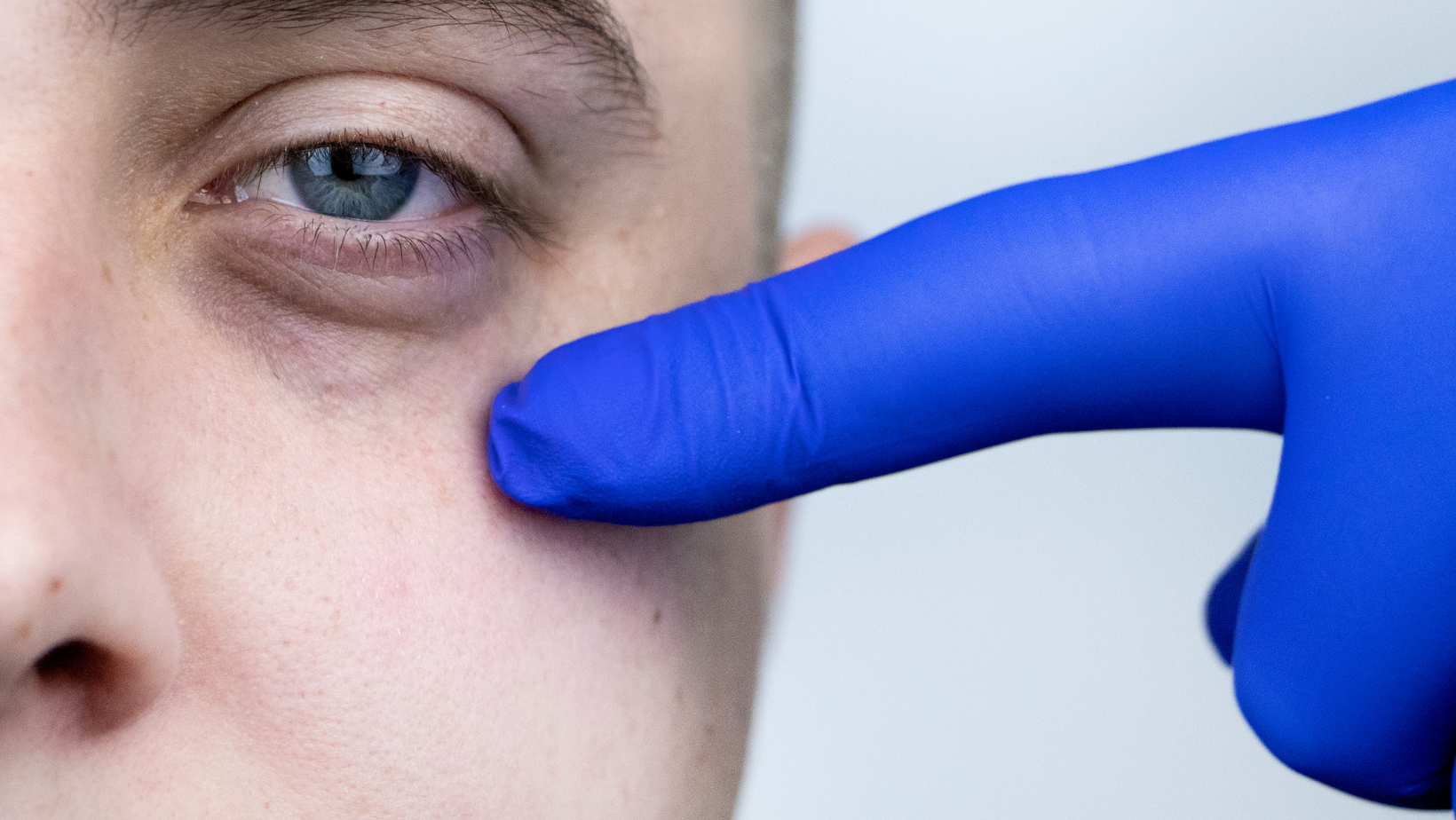
Behind the Bags: Unmasking the Culprits of Eyebags
Eyebags, those pesky puffy or swollen areas under the eyes, can be a source of frustration for many individuals. Not only do they make us look tired and aged, but they can also affect our self-confidence. But what exactly causes eyebags? Let’s explore some common culprits behind this common cosmetic concern.
Aging
As we age, the skin around our eyes becomes thinner and loses elasticity. The fat that supports the eyes can also migrate and accumulate in the lower eyelids, resulting in the appearance of eyebags. Additionally, as the muscles weaken, fluid can pool in the under-eye area, exacerbating the puffiness.
Genetics
Sometimes, eyebags can be an inherited trait. If your parents or close relatives have prominent eyebags, there is a higher likelihood that you may develop them as well. Genetic factors can contribute to the structure of the skin and underlying fat, making certain individuals more prone to eyebags.
Fluid Retention
Fluid retention, often caused by factors like inadequate sleep, excessive sodium intake, or allergies, can contribute to the swelling and puffiness under the eyes. When the body retains fluid, it can accumulate in the delicate under-eye area, resulting in the appearance of eyebags.
Lifestyle Factors
Unhealthy lifestyle choices can also play a role in the development of eye bags. Lack of sleep, excessive alcohol consumption, smoking, and poor dietary habits can contribute to fluid retention, inflammation, and overall skin aging, all of which can contribute to the formation of eyebags.
Sun Exposure
Overexposure to the sun’s harmful UV rays can accelerate the breakdown of collagen and elastin fibers in the skin. This can lead to loss of skin elasticity and contribute to the development of eyebags. Protecting the delicate under-eye area with sunscreen and wearing sunglasses can help minimize sun-related damage.
Allergies and Sinus Issues
Chronic allergies or sinus problems can cause inflammation and congestion in the nasal passages and under-eye area. This inflammation can lead to increased fluid retention and swelling, resulting in the appearance of eyebags.
While these are common causes of eyebags, it’s important to remember that individual factors and combinations of these causes can vary from person to person. If you’re concerned about persistent or severe eyebags, it’s advisable to consult with a medical professional or dermatologist who can assess your specific situation and provide appropriate guidance and treatment options.
Fortunately, various treatments are available to help reduce the appearance of eyebags. These can range from home remedies like applying cold compresses or cucumber slices to more advanced options like cosmetic procedures such as dermal fillers or blepharoplasty (eyelid surgery). The choice of treatment will depend on the underlying cause and severity of your eyebags. In conclusion, understanding the factors that contribute to eyebags can help you take proactive steps in managing and minimizing their appearance. By addressing lifestyle factors, protecting your skin from sun damage, and seeking appropriate medical guidance when necessary, you can regain a refreshed and youthful appearance, bidding farewell to those bothersome eyebags.
Clients are encouraged to contact Glojas directly for a free initial consultation. Our experienced consultants will gladly provide assistance and advice on how to approach your specific challenge.